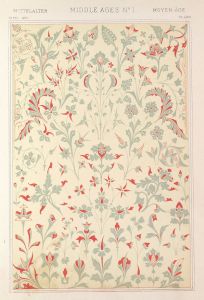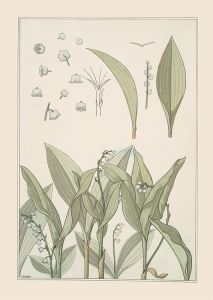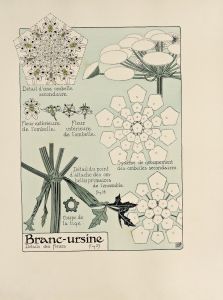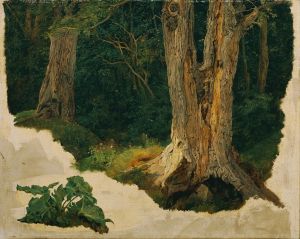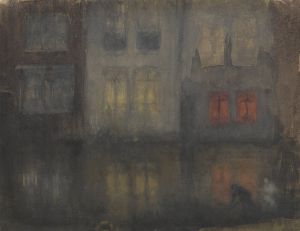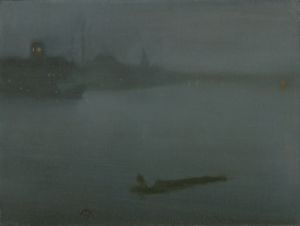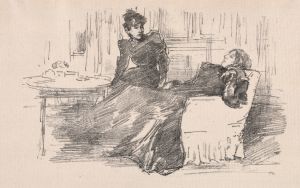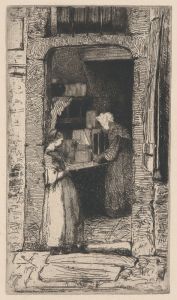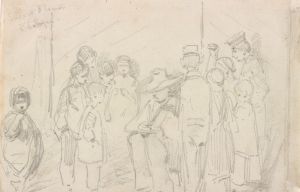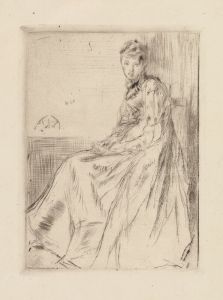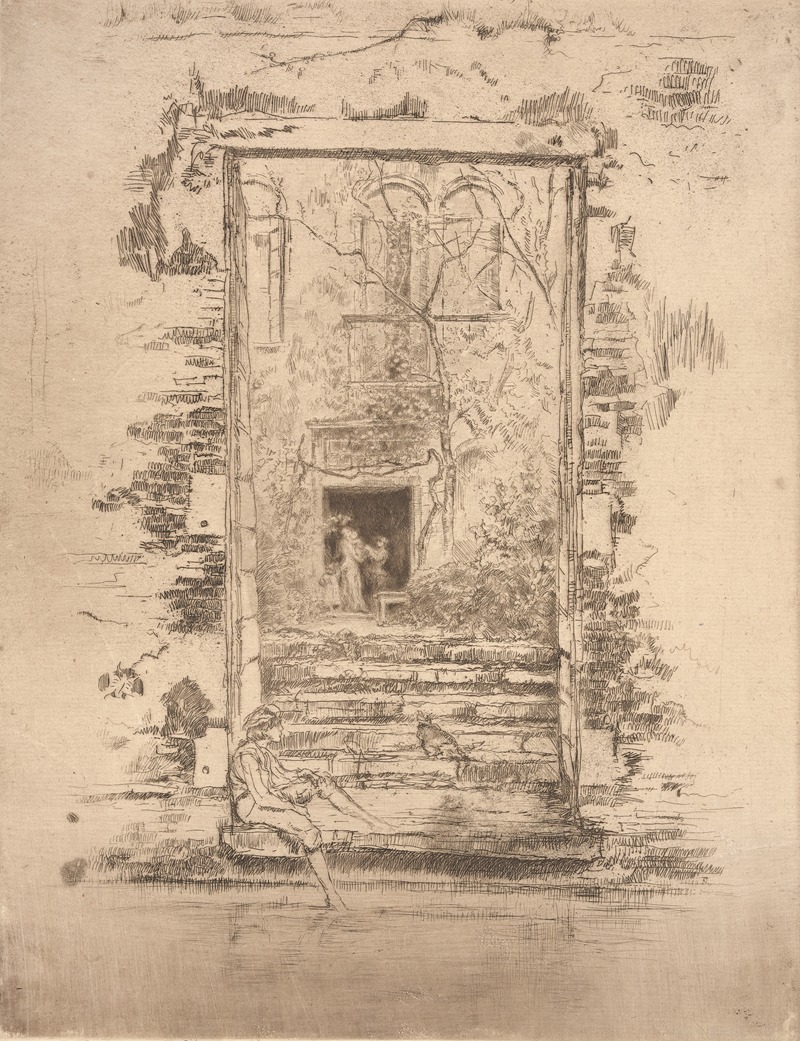
Garden
A hand-painted replica of James Abbott McNeill Whistler’s masterpiece Garden, meticulously crafted by professional artists to capture the true essence of the original. Each piece is created with museum-quality canvas and rare mineral pigments, carefully painted by experienced artists with delicate brushstrokes and rich, layered colors to perfectly recreate the texture of the original artwork. Unlike machine-printed reproductions, this hand-painted version brings the painting to life, infused with the artist’s emotions and skill in every stroke. Whether for personal collection or home decoration, it instantly elevates the artistic atmosphere of any space.
James Abbott McNeill Whistler was an American artist known for his significant contributions to the art world during the late 19th century. He was a proponent of the Aesthetic Movement, which emphasized the visual and sensual qualities of art and design over more narrative or moralistic themes. One of his lesser-known works is "Garden," a painting that reflects his unique style and artistic philosophy.
"Garden" by Whistler is an exquisite example of his ability to capture the subtle beauty of nature through a harmonious blend of color and form. Whistler was renowned for his use of a limited palette and his focus on tonal harmony, which is evident in this painting. The work likely depicts a tranquil garden scene, rendered with Whistler's characteristic attention to atmospheric effects and delicate brushwork.
Whistler's approach to art was heavily influenced by his belief in "art for art's sake," a principle that suggests art should be appreciated for its beauty and form rather than its narrative content. This philosophy is apparent in "Garden," where the emphasis is placed on the mood and aesthetic experience rather than a specific story or subject matter. The painting invites viewers to appreciate the interplay of light, shadow, and color, creating a serene and contemplative atmosphere.
Throughout his career, Whistler was known for his innovative techniques and his ability to blend elements of different artistic traditions. He was influenced by the Japanese art that became popular in the West during his lifetime, and this is reflected in his compositional choices and use of space in "Garden." The painting may exhibit a sense of balance and simplicity reminiscent of Japanese prints, which Whistler admired and collected.
Whistler's work often drew mixed reactions from critics and the public. While some praised his innovative style and technical skill, others were less appreciative of his departure from traditional artistic conventions. Despite this, Whistler's influence on the art world was profound, and he is considered a pivotal figure in the transition from 19th-century realism to modernism.
"Garden" exemplifies Whistler's mastery of creating mood and atmosphere through subtle variations in tone and color. His ability to evoke emotion and contemplation through seemingly simple compositions has left a lasting impact on the art world. Although "Garden" may not be as widely recognized as some of his other works, such as "Arrangement in Grey and Black No. 1" (commonly known as "Whistler's Mother"), it remains an important piece within his oeuvre, showcasing his dedication to the aesthetic principles that defined his career.
In summary, "Garden" by James Abbott McNeill Whistler is a testament to the artist's skill in capturing the essence of a scene through his distinctive style. The painting reflects Whistler's commitment to the aesthetic movement and his ability to convey beauty and emotion through art.





